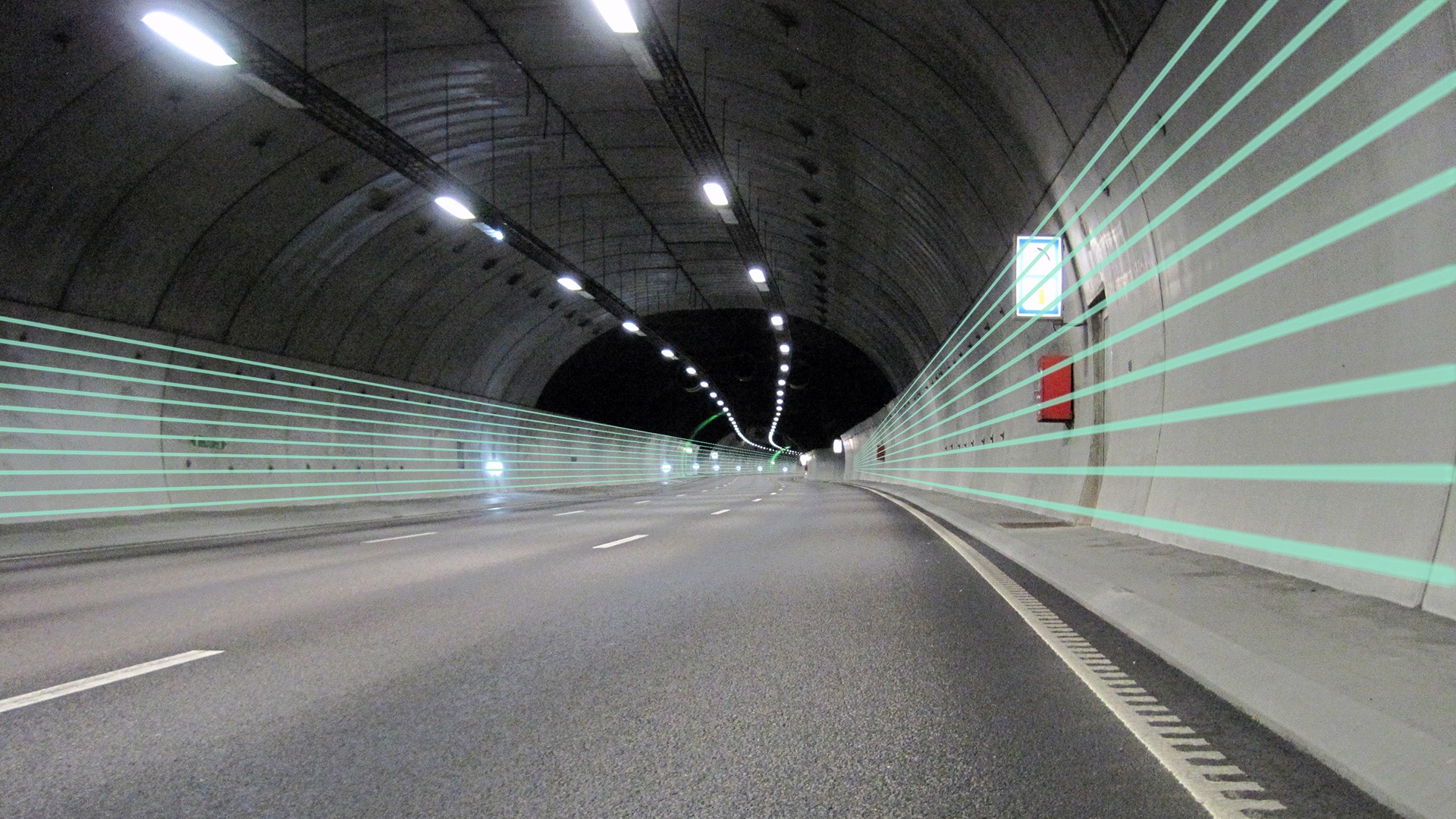Industry 4.0 signifies the rise of digital technologies, data, computing power, connectivity, machine-human interactions, and their ability to disrupt and improve the way we do business. Industrial operators in several industries are already taking advantage of new technologies that are reducing their risk of extended downtime through fast response, support and prevention.
Accurate engineering delivered in digital platforms ready to be shared with all partners and stakeholders, will be more important for the tunnel operator in the future. We can imagine all the technology that has to be implemented in a complex underground structure, to make sure that new ITS technology or complex safety systems will work as i intended in tunnels. It will be important to plan, construct and install with higher quality standards then we see carried out today. In addition the operator will be able to review the design and make sure that everything will work as intended and all needs are well taken care of, in an early phase of the project.
The common and historic way to work with digital data is to keep an inventory, based on drawings and plans, and often stored in complex proprietary data systems, available through a restricted user interface and not designed for data exchange between systems, partners and the different internal and external stakeholders. Only a few systems offered the possibility to share data from different assets or from different phases of the the whole life-cycle process. Global data networks and the "Internet Of Things" are influencing ways of decision making and give us new ways to communicate and these methods are also reaching our industry, showcasing huge benefits but also risks.
A successful digitalization have a clear understanding of operational and management needs in early phases of designing the project. These requirements need to be implemented and followed up throughout and updated in the construction phase and relevant information prepared and made available for the operation and management phase. The only difference between the open road network, bridges and tunnels, are the complexity and amount of information and requirements. A difference that not require separate systems, but only require a functionality that take cares of the different needs. It is also important to include all kind of activities, from routine maintenance to refurbishment, but also organizational activities like planning of inspections and exercises, data implementation, measuring of performance etc. And of course, in a sustainable and environmental friendly industry, it is also important to store information that influences recycling and future development of the road network.
A successful asset management requirers a system that can plan maintenance, estimate maintenance needs, reduce and avoid backlogs, but also provide additional necessary data in the different activities, improve communication and have necessary information to make assessments and analysis for current and future situations. In addition be a tool to achieve the road networks RAMS goals and monitor life-cycle costs.
There are several risks when it comes to digitalization. To keep the right level of data quality and dimension the system with the right amount of data are important steps in designing the system. To have the right level of data (quantity), but also implement necessary activities to clean data, can prevent a situation that undermines the system and make the data not relevant for the different activities. It is also important to design a user interface that fits the different organizations needs, and can often be crucial part in implementing a digital platform. For road asset management, there are several different user groups, with special needs when it comes to work situations, and effective mobile solutions is necessary for following up the daily activities on a road network.
The future requires more use of live data and we can expect specific requirements that ensure that live-data is incorporated. The needs from external Intelligent Transport Systems and connected/autonomous vehicles are new examples, relevant for all transport infrastructures.
While industry 4.0 trends such as these have been building momentum for some time, we are now at a point where their greater reliability and lower cost are starting to make sense, and should definitely be on the agenda for all road owners and tunnel managers.

 En
En 





